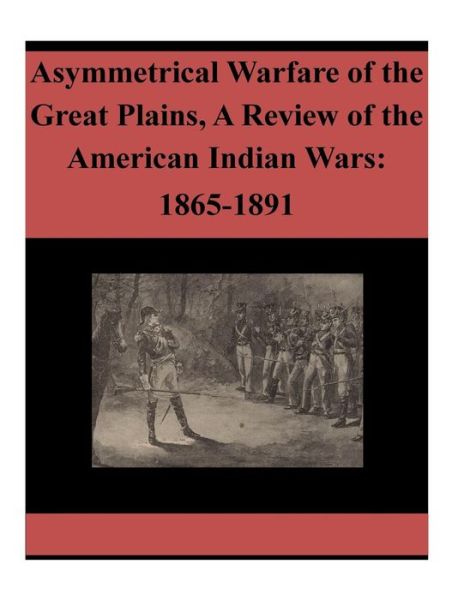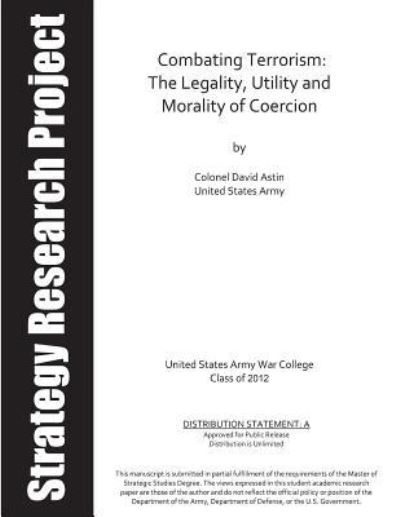
Powiedz znajomym o tym przedmiocie:
Asymmetrical Warfare of the Great Plains, A Review of the American Indian Wars
U S Army War College
Asymmetrical Warfare of the Great Plains, A Review of the American Indian Wars
U S Army War College
The American Indian policy, formulated at the turn of the 19th century, significantly impacted the national military strategy. President Jefferson's plan for Indian removal became the cornerstone for federal policy. Congress would bear the responsibility for crafting the nation's Indian policies, but the burden for execution was left to an unprepared and undermanned Army. From the end of the Civil War to the beginning of the Spanish-American War in 1898, the principal mission of the Army was fighting Indians. Returning to the Western frontier the Army attempted to fight the Indians using the tactics that proved successful in the Civil War. The diverse Great Plains tribes, using raids and ambushes, successfully fought a thirty-year war against a superior military force. It would finally take the unorthodox tactics of several field commanders to bring an end to the fighting. This book examines the national policy and the means used to implement it. The book examines asymmetrical warfare through its discussion on critical shortcomings in military preparedness and strategy. The past several conflicts that U. S. military forces have participated in (Somalia, Haiti, Bosnia, Kosovo, and Afghanistan) suggest that the American Indian Wars offer valuable strategic lessons.
| Media | Książki Paperback Book (Książka z miękką okładką i klejonym grzbietem) |
| Wydane | 25 grudnia 2015 |
| ISBN13 | 9781522911685 |
| Wydawcy | Createspace Independent Publishing Platf |
| Strony | 28 |
| Wymiary | 216 × 280 × 2 mm · 90 g |
| Język | English |
Więcej od U S Army War College
Zobacz wszystko od U S Army War College ( np. Paperback Book )

 Świąteczne prezenty można zwracać do 31 stycznia
Świąteczne prezenty można zwracać do 31 stycznia

































